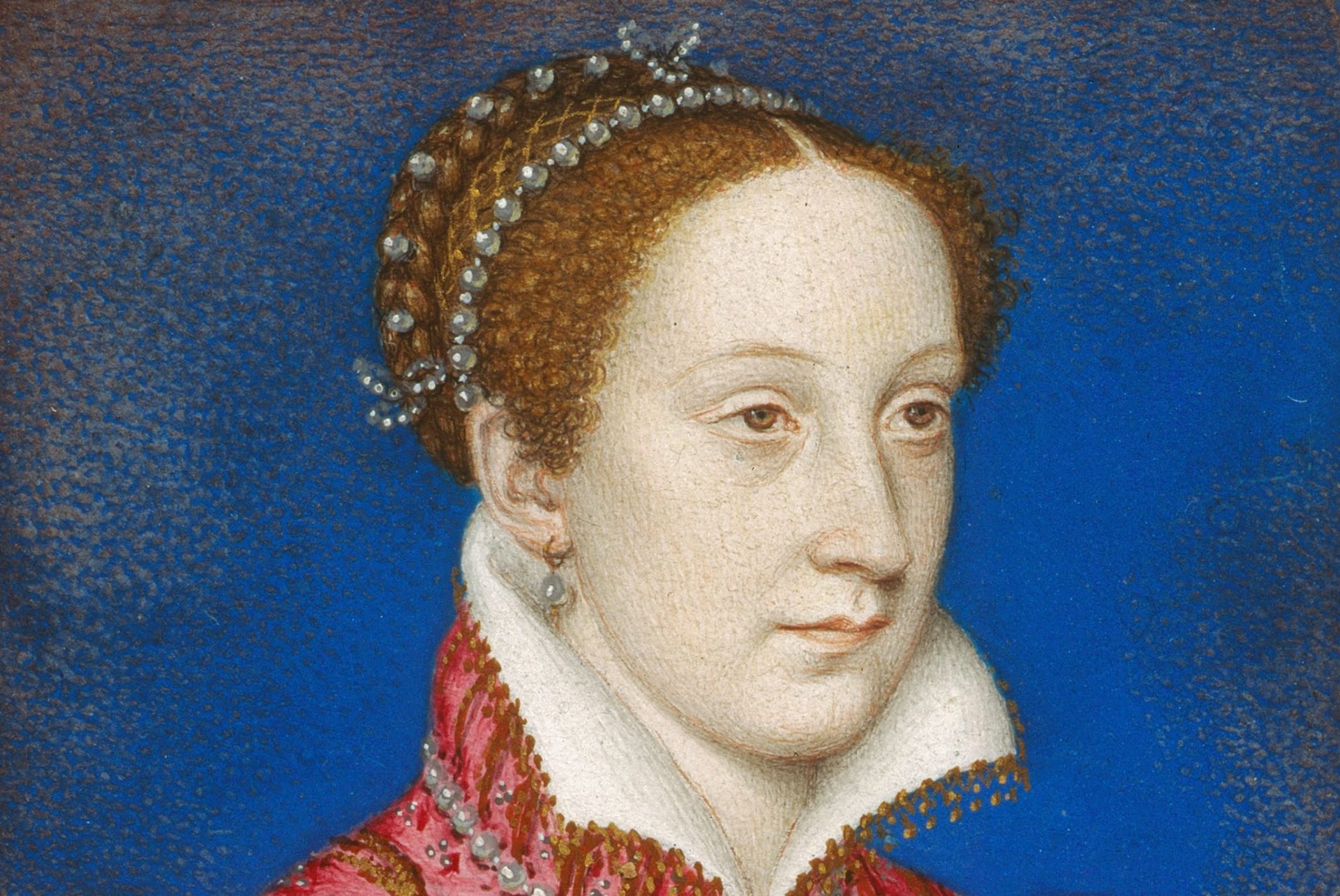We find ourselves in a chapel-like space, listening to the cultured and authoritative tones of a twenty-first-century tour guide. She’s telling us about Mary, Queen Of Scots, former inhabitant of this room, whose brief reign was riven by internal division and rivalry with the English throne. But when we head back in time and Mary enters, she lacks the courtly graces we might be expecting. The real Mary did speak Scots as well as French, but I doubt she ever uttered “Aye, too right” – and she certainly didn’t call her secretary “Davie”.
I think I get the point of this: to strip away the veneer of exclusivity – the refined accent and assumed authority of the Holyrood tour guide – and swap in relatable characters, who speak and sound like the majority of Scots now do. And once I’d silenced my inner pedant, I did rather enjoy Ellie Shirkie’s gutsy, no-nonsense Mary. Yet the queen’s perceived foreignness is key to her story, a truth that’s specifically acknowledged in the play. By erasing that difference, Into Thy Hands democratises the narrative, but paradoxically makes it harder to understand.
There are even bolder historical edits to come. Top Scottish blackguard Lord Darnley – the man who, in the real world, did most to precipitate the collapse of Mary’s rule – is entertainingly boorish, at one point dropping the genius line “a few drinks with the lairds”. But later he discovers his sensitive side, in a soap-operatic heart-to-heart with his rival in love and intrigue, David “Davie” Rizzio. There’s a sense they might be heading for more than a manly hug, though the lights discreetly fade before we find out for sure.
This would all make sense in a cheerful bubble of fantasy, a Queen Of Scots reboot which wore divergence from reality as a badge of pride. But that’s not where we seem to be. The energy, in fact, is fairly low for most of the piece, perhaps befitting the undoubted tragedy of Mary’s life. And even if we accept Darnley and Rizzio’s improbable rapprochement, the theme doesn’t develop – they’re back to their traditional roles right after.
It’s entirely possible I’ve missed something here, as there’s an odd gambit involving repeated scenes which I’m sorry to say I didn’t understand. And you could argue that Mary’s already unmoored from history: an icon who means what you want her to mean, a canvas onto which you can project your hopes for a modern and inclusive Scotland. But for me, this play tries to ride two horses, and never quite saddles up either of them. Despite some powerful moments and unquestioned local appeal, it’s neither convincing fact nor compelling fiction.


Comments